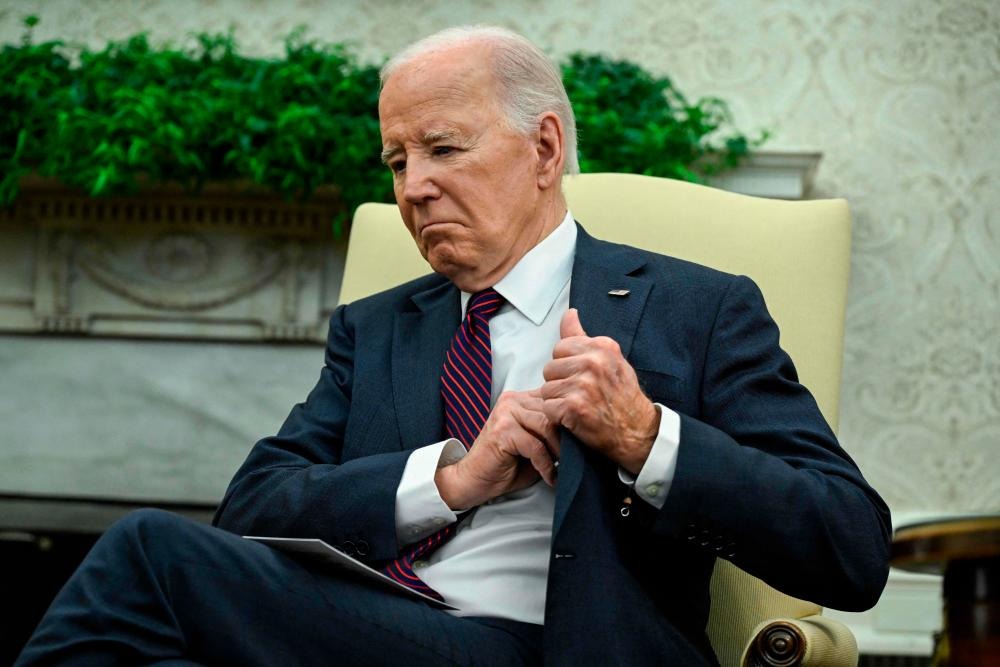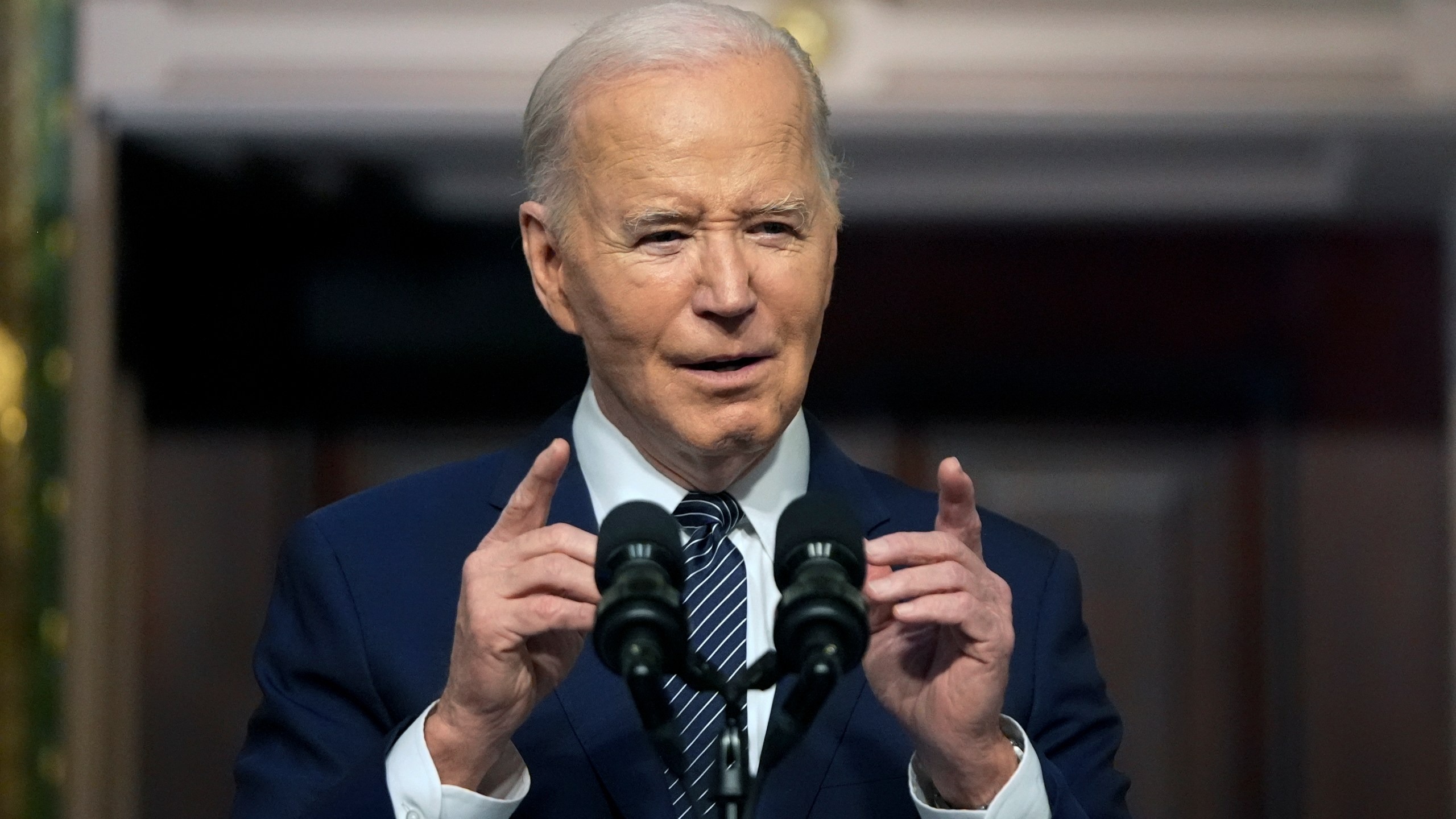Two senior officials from the Biden administration have confirmed to the Senate Armed Services Committee that the United States plans to develop its first new nuclear warhead in four decades, known as the W93.
This warhead will be used in submarine-launched ballistic missiles and is part of a broader modernization effort of the U.S. nuclear arsenal. Energy Secretary Jennifer Granholm and Jill Hruby, administrator of the National Nuclear Security Agency (NNSA), emphasized that this development will occur without conducting new nuclear tests.
The development of the W93, which has been in the early design phase at Los Alamos National Laboratory in New Mexico since May 2022, is slated to begin production in the mid-2030s.

According to Granholm and Hruby, the design of the W93 will be based on existing technologies, thereby eliminating the need for new underground nuclear explosive testing. This approach aligns with the U.S.’s commitment to a nuclear testing moratorium, despite the Senate’s rejection of the Nuclear Test Ban Treaty in 1999.
The introduction of the W93 is intended to diversify and strengthen the U.S. Navy’s ballistic missile submarine force, which currently relies on the W76 and W88 warheads. The new warhead aims to reduce dependency on the older W76 system and address evolving security threats from adversaries.
Additionally, the Biden administration is seeking funding for the ongoing modernization of several other warhead types, including the B61-12 nuclear gravity bomb, which is expected to be updated by 2025.

However, funding for a new submarine-launched nuclear cruise missile known as SLCM-N was not requested in the current budget due to timing issues with last year’s defense authorization enactment.
The W93 project represents a remarkable step in the U.S.’s strategic defense planning, ensuring that its submarine fleet remains capable and resilient against future threats while adhering to international norms against nuclear testing.


